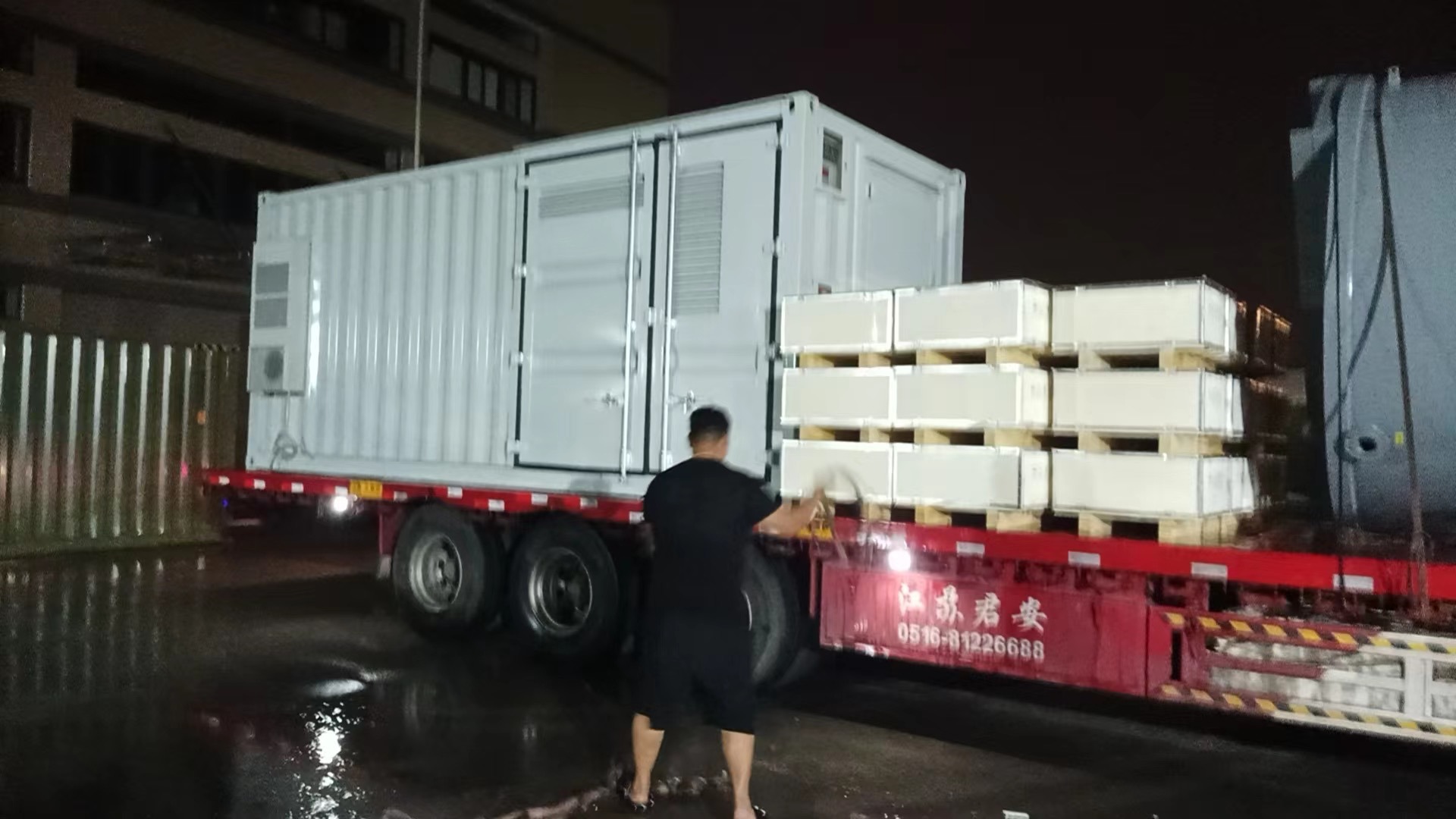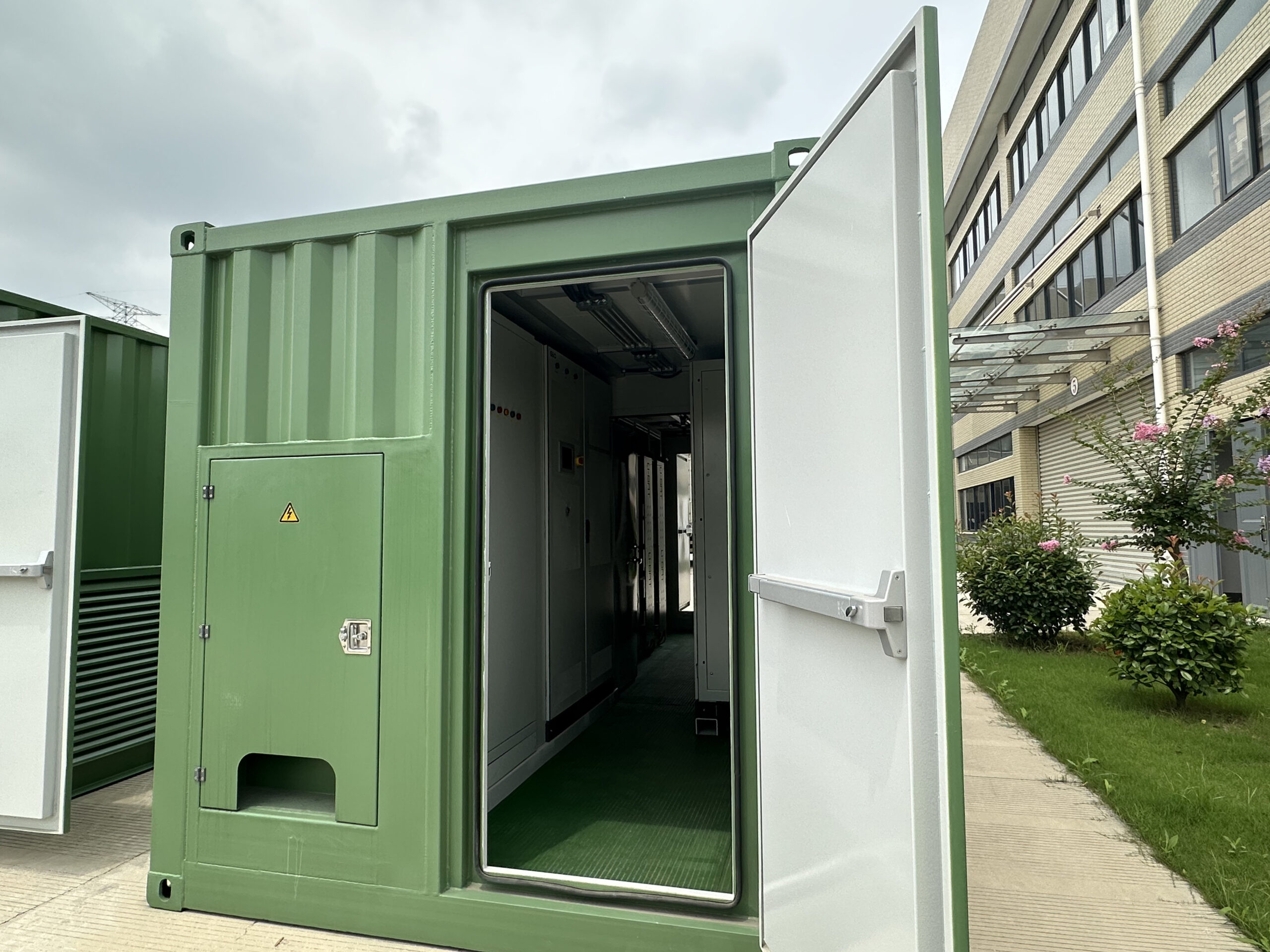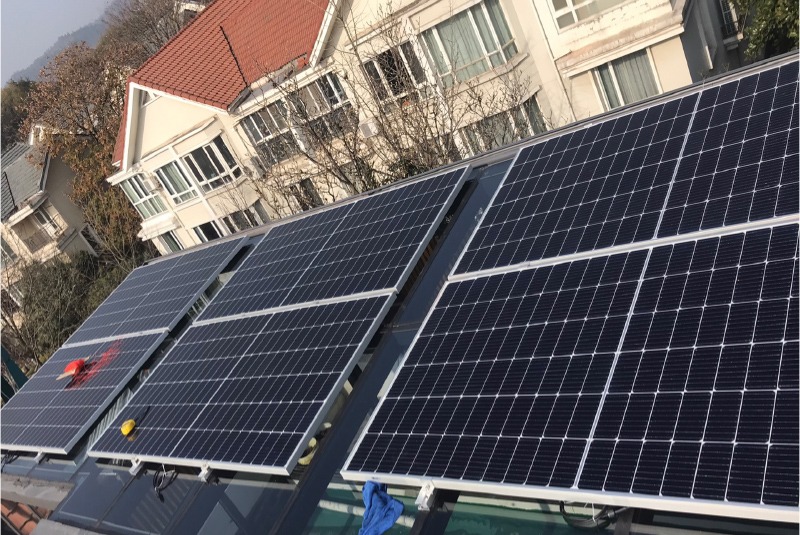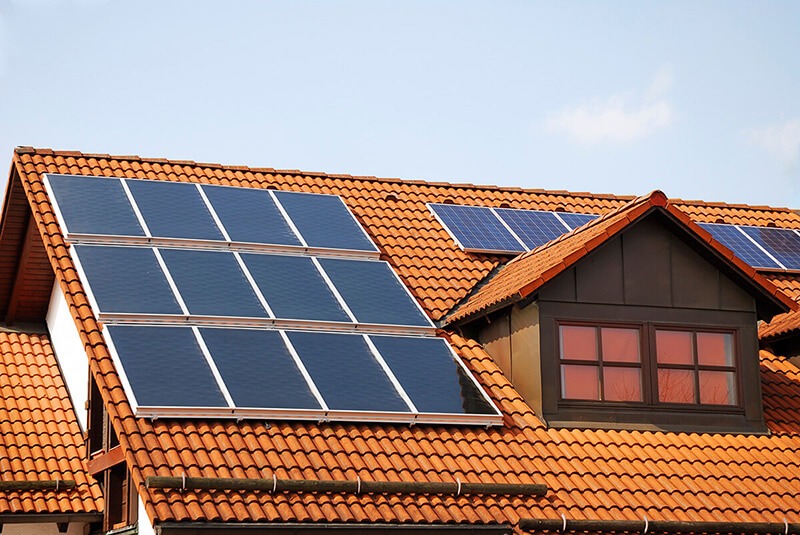Introduction
Off-grid photovoltaic (PV) systems offer a path to energy independence, but they come with upfront costs and long-term investment considerations. This article delves into the financial aspects of establishing and maintaining off-grid PV systems, focusing on the costs involved and the potential returns on investment.
Understanding the Costs
Initial Capital Investment: The first and most significant cost associated with off-grid PV systems is the initial capital investment. This includes the cost of solar panels, inverters, batteries, charge controllers, and other necessary components. The expense varies based on the system’s size, capacity, and the quality of components chosen.
Installation Costs: Installation costs encompass the expenses associated with the actual setup of the system. This includes labor, mounting structures, wiring, and safety measures. Proper installation is essential for optimal system performance.
Battery Replacement and Maintenance: Batteries, a crucial component in off-grid systems, have a limited lifespan. They typically need replacement every 5 to 15 years, depending on the type and usage. Replacement costs should be factored into the long-term financial planning.
Inverter Replacement and Maintenance: Inverters may also require replacement over time. Advanced inverters often have a longer lifespan, but maintenance and replacement costs should be considered.
Monitoring and Maintenance: Monitoring and maintenance are ongoing costs that ensure the system operates efficiently. Maintenance can involve cleaning solar panels, checking wiring, and ensuring that all components are working correctly. In remote areas, these tasks can be more challenging and expensive.
Assessing the Economic Returns
Energy Savings: One of the primary returns on investment for off-grid PV systems is the energy savings. By generating electricity from sunlight, users reduce their reliance on traditional power sources, leading to lower monthly energy bills. The amount of savings depends on the system’s capacity and the energy needs of the household.
Energy Independence: Off-grid systems offer energy independence, which is particularly valuable in areas with unreliable grid connections or high electricity costs. This independence eliminates the risk of escalating energy prices.
Grid Resilience: During grid outages or blackouts, off-grid systems serve as a reliable backup power source. The ability to maintain essential appliances and services during such times can be invaluable and reduce the financial impact of power disruptions.
Environmental Benefits: Off-grid systems contribute to sustainability by reducing greenhouse gas emissions and reliance on non-renewable energy sources. These environmental benefits align with global efforts to combat climate change and may have long-term financial advantages.
Increased Property Value: Off-grid systems can enhance property value and marketability. Homes and properties equipped with renewable energy sources are often more attractive to environmentally conscious buyers.
Evaluating the Return on Investment
Payback Period: The payback period is the time it takes for the cumulative energy savings to offset the initial capital investment. In some cases, this period can be relatively short, especially when energy costs are high.
Lifetime Savings: Over the lifetime of the system, the cumulative energy savings can be substantial. Users can calculate their lifetime savings by multiplying their annual savings by the number of years the system is expected to operate effectively.
Environmental Benefits: While not directly financial, the environmental benefits of off-grid systems may have financial implications in the long term. As governments and societies increasingly prioritize sustainability, there may be financial incentives or tax breaks for off-grid system owners.
Maintenance and Replacement Costs: Users must budget for ongoing maintenance and potential component replacements. Properly maintained systems can extend the life of their components and reduce long-term costs.
Government Incentives: Investigate government incentives or subsidies for off-grid systems. Depending on the region, there may be financial support for renewable energy adoption, which can positively affect the return on investment.
Conclusion
Off-grid PV systems offer financial benefits in terms of energy savings, energy independence, and property value enhancement. While they come with initial costs and ongoing maintenance considerations, their long-term economic returns make them a viable and sustainable investment. Users should evaluate their specific energy needs, budget for maintenance, and consider government incentives to maximize the financial advantages of off-grid systems. Ultimately, these systems offer not only energy self-sufficiency but also a pathway to long-term financial sustainability and a reduced carbon footprint.
If you want to customize your own photovoltaic solution today, please contact us.








